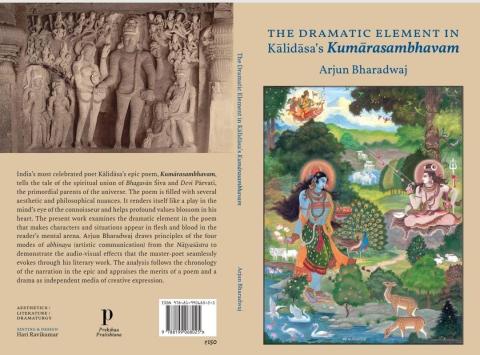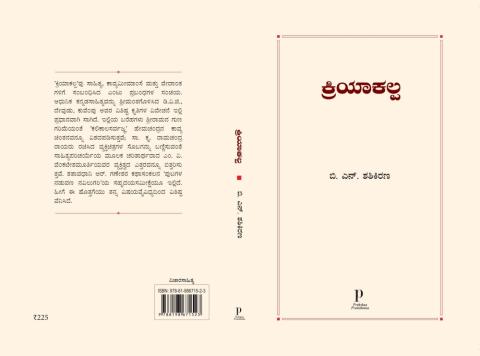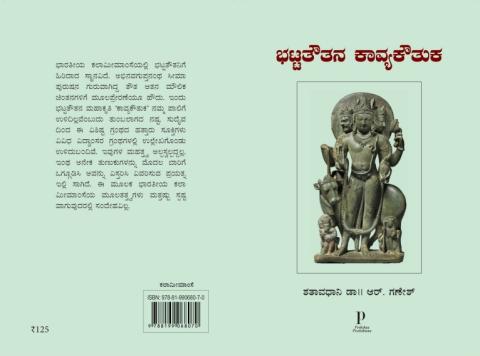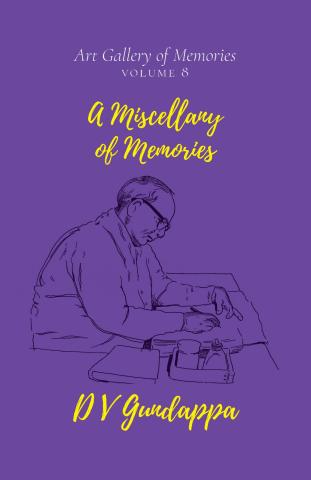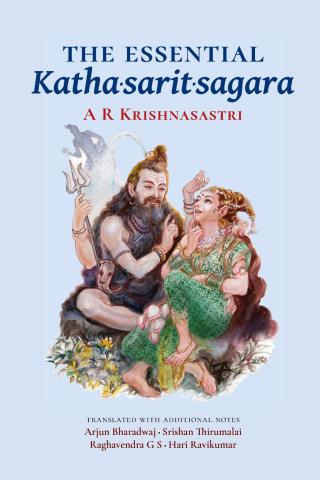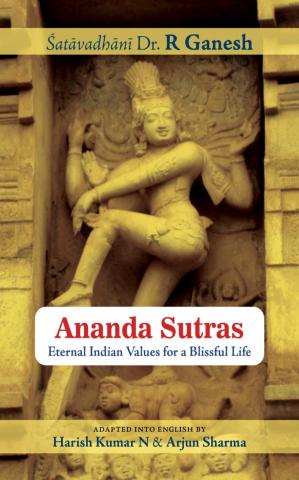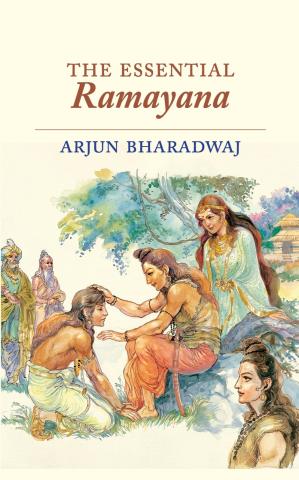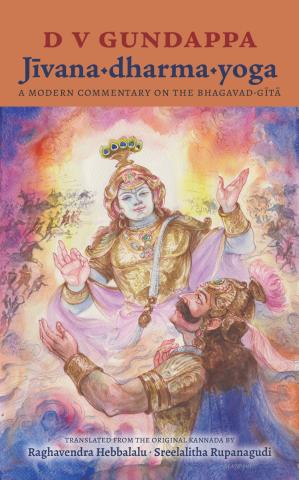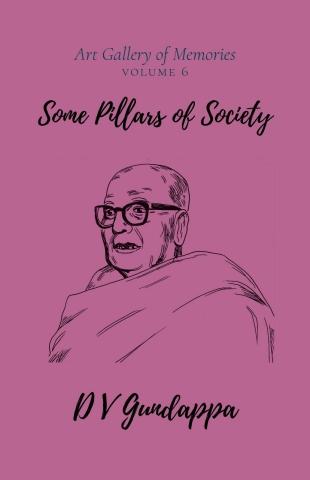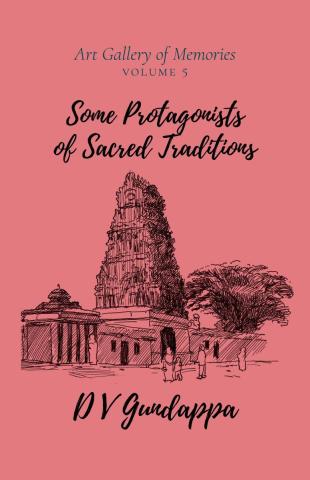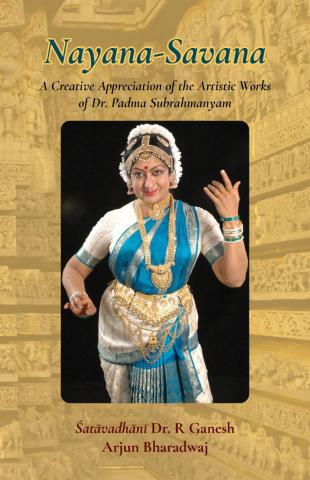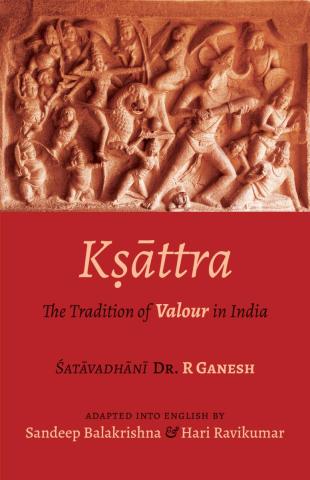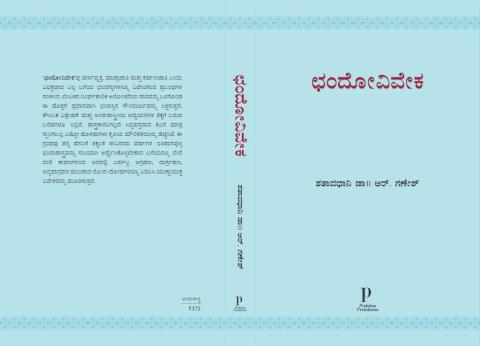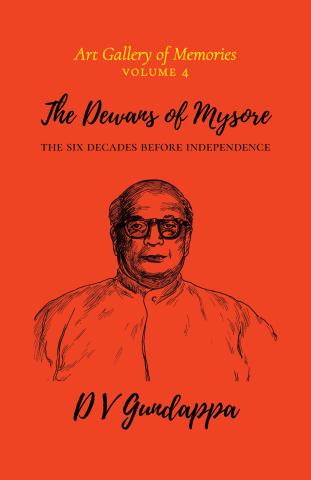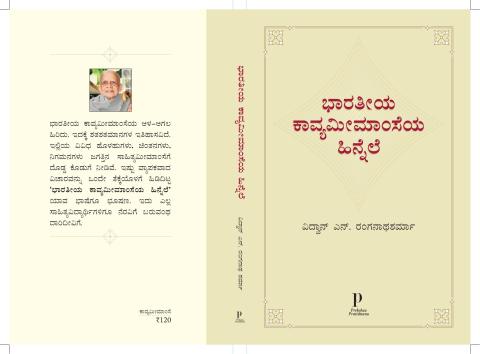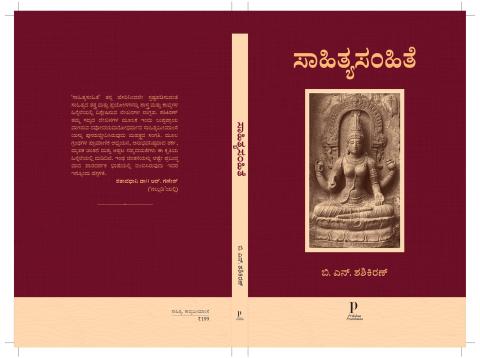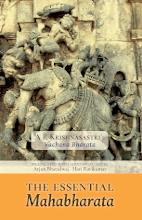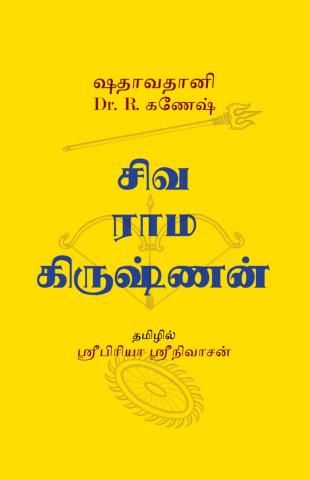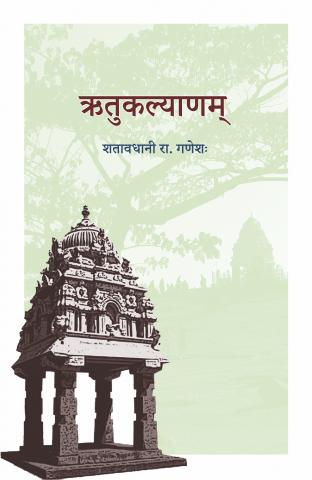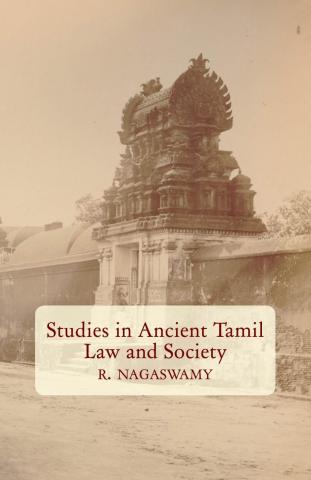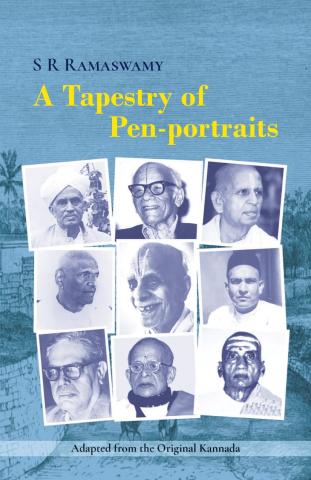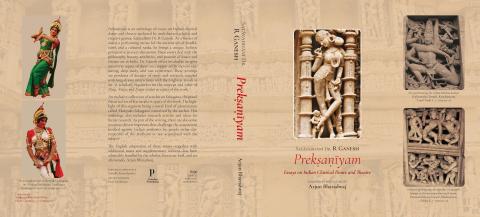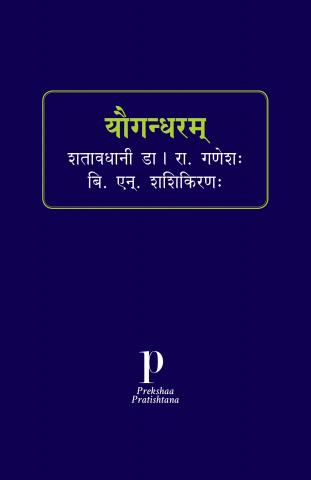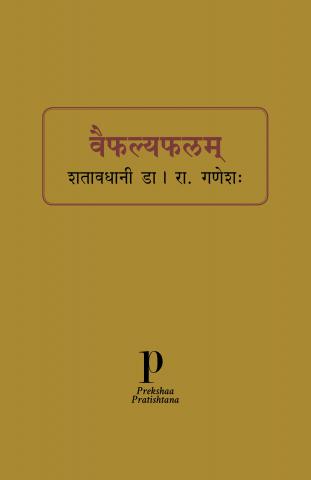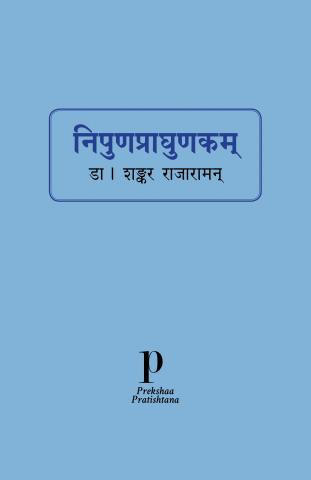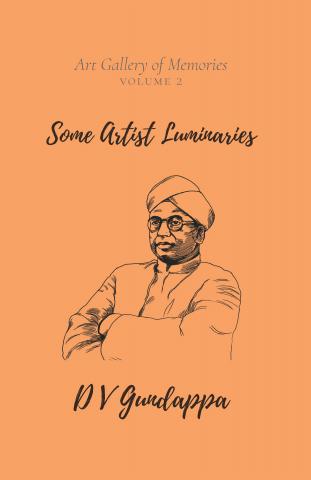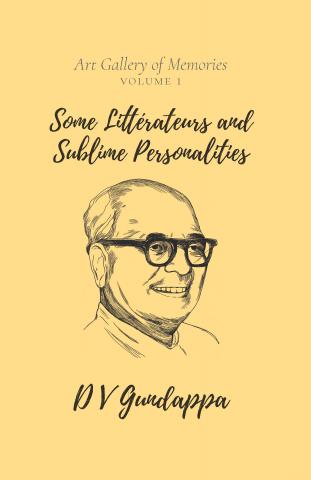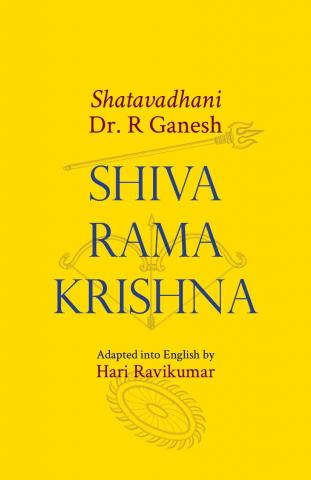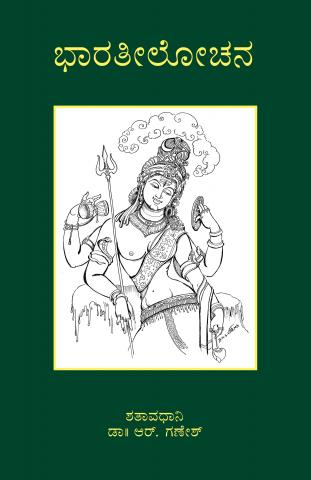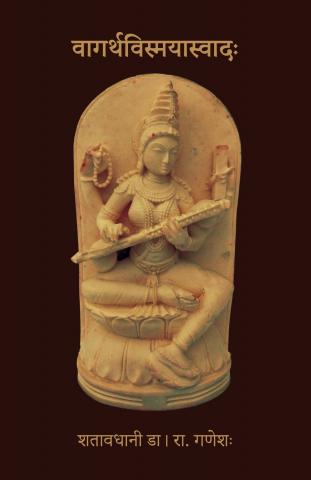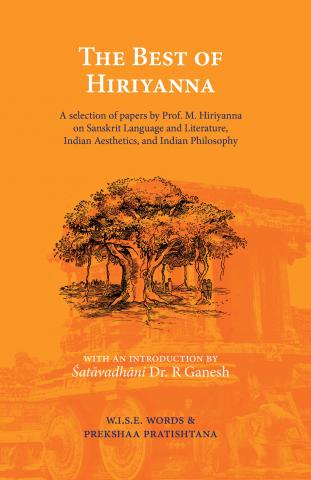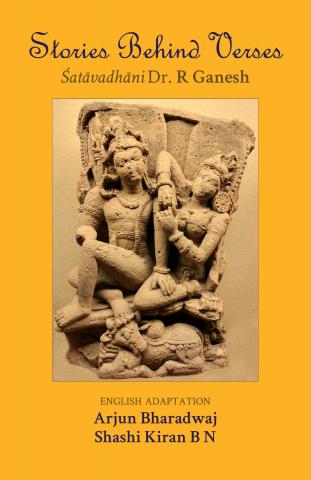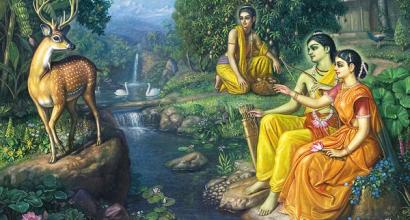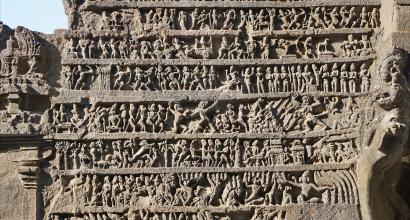Sāṅkṛtyāyanī had designed a play that showcased the manner in which Vatsa-rāja, who taught music to Vāsavadattā fell in love with her. The play was planned to be staged in the royal court; Araṇyakā was to play the role of Vāsavadattā and Manoramā, the role of Vatsa-rāja. Araṇyakā’s friends Manoramā and vidūṣaka planned to use the occasion to enable the king and his newfound love to unite with each other. Accordingly, instead of Manoramā, Vatsa-rāja himself ended up playing his role as a part of the play; he used the opportunity to engage in romantic exchanges with Araṇyakā. Vāsavadattā, who was annoyed by this, wakes up vidūṣaka, who was sleeping inside the palace; in his half-awoken state, the vidūṣaka reveals the truth to Vāsavadattā; she puts Araṇyakā and vidūṣaka behind bars.
We learn that Dṛḍhavarmā was Vāsavadattā’s uncle – her mother’s younger sister’s husband. Vāsavadattā learns from her mother’s letter that her uncle was taken captive and laments for him; by then, she hears that the king of Kaliṅga was killed and that her uncle Dṛḍhavarmā has regained his kingdom; she also learns that Vatsa-rāja’s assistance was instrumental in her uncle’s victory; thus, the anger she had harboured about her husband cools down a bit, and she becomes happy. However, the fact that her cousin Priyadarśikā has gone missing continues to bother her; on top of this, she hears that Araṇyakā, who was now broken-hearted, had consumed poison to end her life. Vāsavadattā pleads with her husband to somehow save the young maiden’s life. [Vatsa-rāja had learnt the art of treating poison – he had learnt mantras in the Nāgaloka.) Araṇyakā is brought before the king and the kañcuki identifies her as Priyadarśikā. Vāsavadattā happily agrees for her young cousin to marry Vatsa-rāja.
The following is the skeletal story of the nāṭikā Ratnāvalī –
[Vikramabāhu, the king of Siṃhala, had a daughter named Ratnāvalī. There was a siddhādeśa – foretelling by a soothsayer that the person who marries her would become a cakravartī – an emperor. Yaugandharāyaṇa, who knew this, wanted to get Ratnāvalī married to the king Vatsa-rāja. However, Vikramabāhu refused to give his daughter in marriage as he thought that such an act would cause displeasure to Vatsa-rāja’s queen Vāsavadattā; in fact, Vāsavadattā was Vikramabāhu’s niece by relation. Yaugandharāyaṇa who understood Vikramabāhu’s heart spreads the news that Vāsavadattā passed away in a fire accident in a place called Lāvāṇaka. Vikramabāhu, who learns of this unfortunate incident, makes up his mind to give his daughter in marriage to Vatsa-rāja and sends Ratnāvalī along with Vasubhūti and Bābhravya to him. While crossing a river, Ratnāvalī drowns in the waters and Vasubhūti and Bābhravya reach the province of Kosala; they join Rumaṇvān, who had come with his army to attack Kosala. Ratnāvalī, however, had not lost her life in the river – she held on to plank and floated on to the shores; a trader of gems, who was on his way to Kauśāmbī, spotted the helpless lady and brought her to Yaugandharāyaṇa. As she was found in the waters (of the ‘ocean’), Yaugandharāyaṇa named this new maiden Sāgarikā. He arranged for her stay in Vāsavadattā’s antaḥpura.] – This is the background to the play; these incidents had taken place before the start of the play.
Once, during the festival of Madanotsava, Sāgarikā chances upon seeing Vatsa-rāja and spontaneously falls in love with him.
Sāgarikā paints a picture of her beloved Vatsa-rāja in a latā-gṛha – a creeper-pavilion, in the garden; her sakhī by name Susaṅgatā understands her friend’s heart upon seeing the painting; she adds a portrait of Sāgarikā on the canvas, next to the image of Vatsa-rāja. Sāgarikā expresses her desire to unite with her beloved and the pain of separation she is experiencing; Susaṅgatā consoles her and treats her such that she overcomes her agony temporarily. In the meantime, a monkey which was tied by chains in the antaḥpura escapes and, desirous of curd rice, opens the door of a cage in which a parrot was housed; the parrot escapes and creates havoc in the antaḥpura. Sāgarikā and Susaṅgatā who hear this, leave the painting in its place and rush to capture the parrot; in fact, Sāgarikā was given the responsibility of taking care of the parrot. The bird, which had escaped, could not be traced for a long time. The two maidens rush back to the latā-gṛha in the garden and find the king along with vidūṣaka there. They had come to admire the beauty of the navamallikā, which had supposedly blossomed after the dohada. They had heard the conversation between Sāgarikā and Susaṅgatā through the parrot (sārikā) and had gathered Sāgarikā’s love for the king from the painting and the lotus leaves that were lying around. By then, as Sāgarikā herself appeared there, the king spoke pleasing words to her. Even as vidūṣaka says, “Another person to cause agony to Vāsavadattā,” everyone gets scared and scatters away – they all dread Vāsavadattā’s anger and the punishment that would follow. By then, the queen Vāsavadattā also comes there to look at the blossomed navamallikā creeper. The vidūṣaka who was celebrating within himself that Vāsavadattā does not know their secret, inadvertently drops the painting that he was hiding from her. The queen sees the painting and understands everything that has taken place; she leaves the spot in a fury.
To be continued ...
The current series of articles is an enlarged adaption of Prof. A. R. Krishnasastri's Kannada treatise Saṃskṛta-nāṭaka. They are presented along with additional information and footnotes by Arjun Bharadwaj.




